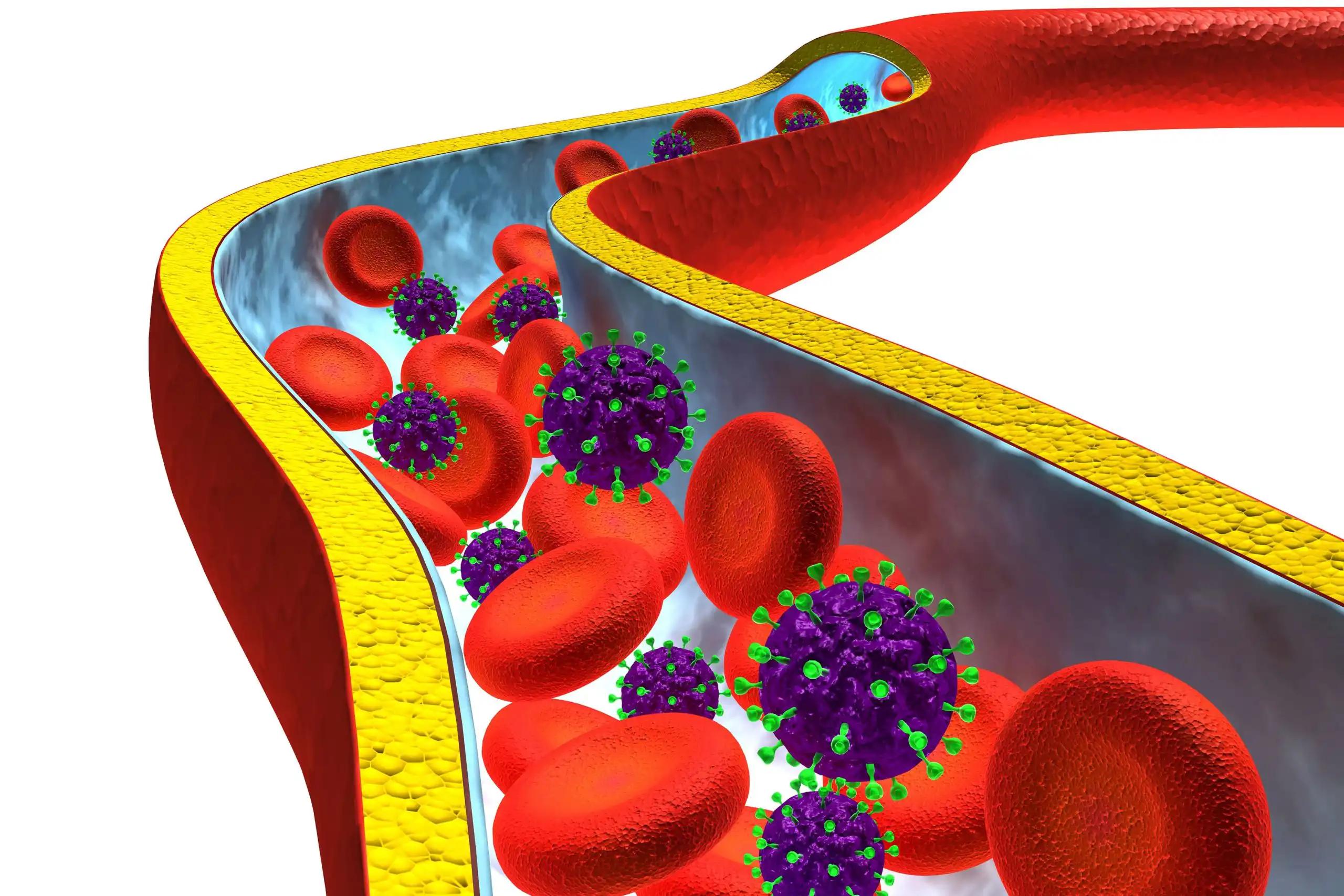KEY TAKEAWAYS
- The study aimed to assess if axillary ultrasound can identify BC patients with limited nodal burden for upfront surgery.
- The results showed that incorporating abnormal ultrasound-detected nodes into practice may guide upfront surgery versus gene assay testing or neoadjuvant chemotherapy.
Traditionally, chemotherapy is administered to non-stage IV breast cancer (BC) patients with metastatic nodes. However, findings from the RxPONDER trial indicate that chemotherapy may be unnecessary for certain patients with 1-3 metastatic nodes if their 21-gene assay recurrence score is ≤25.
Geok Hoon Lim and the team aimed to determine if axillary ultrasound can identify patients with minimal nodal involvement, allowing for surgery followed by gene assay testing to potentially avoid chemotherapy.
Patients aged ≥50 years with T1-3, node-positive, hormone receptor-positive, and HER2-negative BC who underwent axillary lymph node dissection (ALND) were retrospectively reviewed at 2 centers. Excluded were those who received neoadjuvant chemotherapy or had bilateral cancers.
The correlation between the number of abnormal axillary nodes detected by ultrasound, demographic and histological parameters, and the number of metastatic nodes found on ALND was examined.
Of the 138 patients included, 59 (42.8%) had 1-3 metastatic nodes, while 79 (57.2%) had >3 metastatic nodes on ALND. Logistic regression and ROC analysis revealed that the number of abnormal nodes detected by ultrasound was significantly predictive (P< 0.001) of limited nodal burden (ROC AUC = 0.7135). Ultrasound cut-offs of 5, 6, and 8 abnormal nodes corresponded to probabilities of <4 metastatic nodes of 0.057, 0.026, and 0.005, respectively, with 100% specificity.
The analysis revealed that a cut-off of ≤5 ultrasound-detected abnormal nodes effectively distinguishes patients with limited from those with high nodal burden, demonstrating high specificity.
Therefore, integrating the number of abnormal ultrasound-detected nodes into clinical practice may aid in decision-making between upfront surgery and gene assay testing or neoadjuvant chemotherapy for this patient cohort. This study received no funding.
Source: https://pubmed.ncbi.nlm.nih.gov/38489166/
Lim GH, Allen JC, Lee YS, et al. (2024) “Use of axillary ultrasound to guide breast cancer management in the genomic assay era.” Breast Dis. 2024;43(1):19-23. doi: 10.3233/BD-230032. PMID: 38489166.



